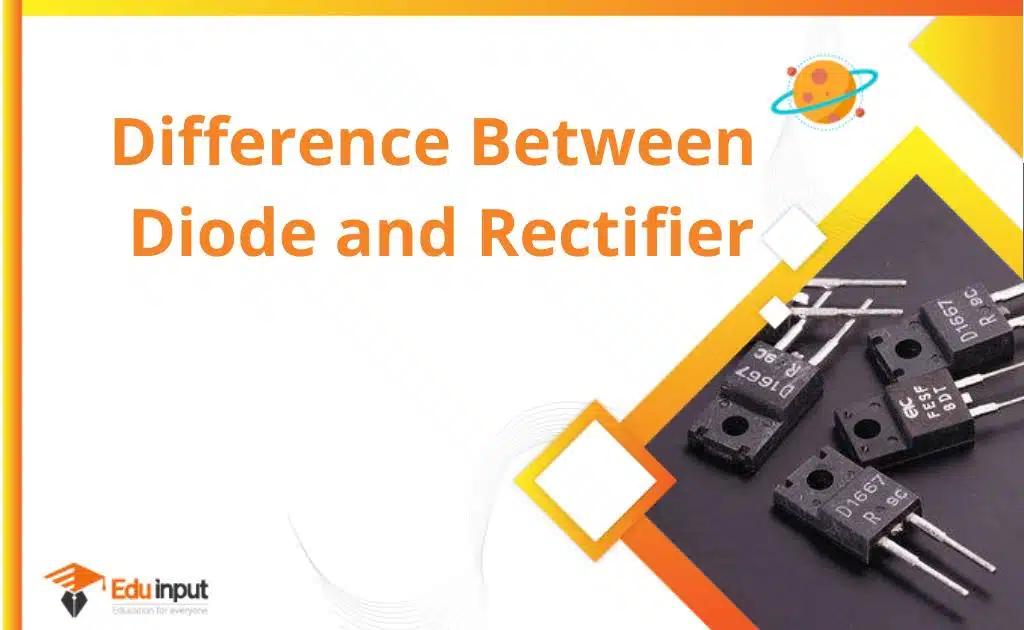Difference Between Nephelometry and Turbidimetry
Key Difference: Nephelometry and turbidimetry are both analytical techniques used to measure the concentration of particles in a solution, but they differ in their method of detecting and measuring light. Nephelometry measures the light scattered by particles in a sample at an angle, typically at 90 degrees to the incident light. This method is sensitive to smaller particles, making it suitable for solutions where fine particles cause scattering. Turbidimetry, on the other hand, measures the reduction in the intensity of light transmitted through a sample due to the scattering and absorption by suspended particles. It is more suitable for solutions with larger particles that cause significant light absorption.
Comparative Analysis:
- Measurement of Light:
- Nephelometry: Measures scattered light at an angle to the incident light.
- Turbidimetry: Measures the decrease in transmitted light through the sample.
- Particle Size Sensitivity:
- Nephelometry: More sensitive to smaller particles.
- Turbidimetry: Better for larger particles.
- Applications:
- Nephelometry: Used in clinical laboratories for tests like protein assays.
- Turbidimetry: Common in water and wastewater analysis for turbidity measurement.
- Instrumentation:
- Nephelometry: Requires a light source and a detector placed at an angle.
- Turbidimetry: Requires a light source and a detector aligned straight through the sample.
- Accuracy and Sensitivity:
- Nephelometry: Generally more sensitive and accurate for low concentrations.
- Turbidimetry: More straightforward but less sensitive for low particle concentrations.
Table Summary of Nephelometry vs Turbidimetry
| Feature | Nephelometry | Turbidimetry |
|---|---|---|
| Light Measurement | Scattered light at an angle | Decrease in transmitted light |
| Particle Sensitivity | Smaller particles | Larger particles |
| Applications | Protein assays in clinical labs | Turbidity in water analysis |
| Instrumentation | Light source and angled detector | Light source and straight-through detector |
| Sensitivity | High for low concentrations | Lower for low concentrations |







Leave a Reply